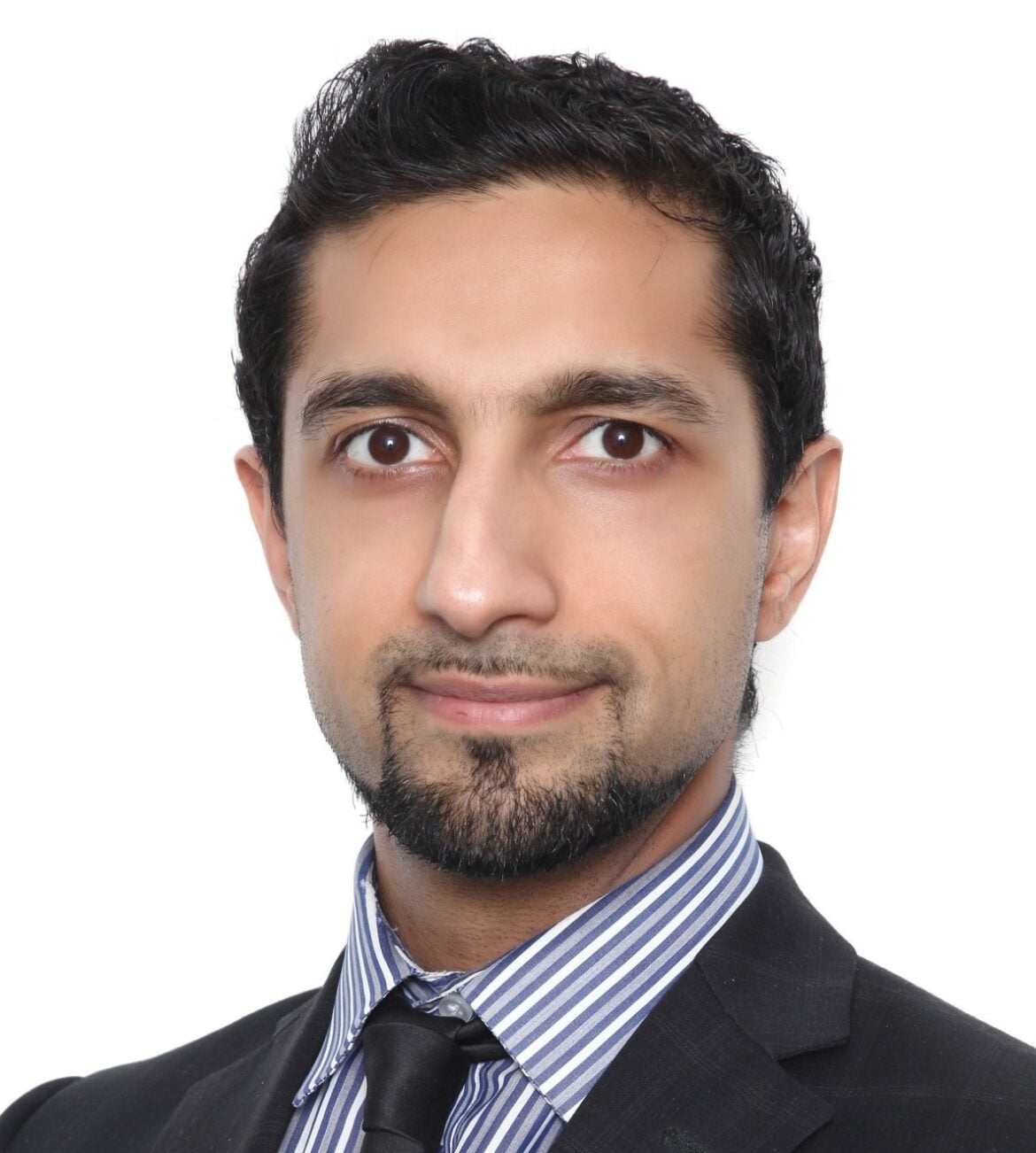As climate change continues to heat up, major fossil fuel-producing nations like the UAE and the Kingdom of Saudi Arabia (KSA) face mounting pressure to ramp up renewables and jumpstart the regional energy transition. On this journey, these two countries, pegged to become solar leaders, must capitalise on this potential while navigating the broader challenges surrounding the energy transition.
Against this backdrop, ESG Mena’s Hadeer Elhadary spoke to Mohammed Atif, Market Manager – UAE & KSA, Energy Systems at DNV, about how the regional renewable energy landscape is evolving, obstacles to overcome, and DNV’s role in supporting these efforts.
Mohammed, how are the UAE and KSA balancing their reliance on more traditional energy sources with the transition to renewables?
The UAE and KSA currently have a relatively low percentage integration of renewables, but it is growing fast. Traditional energy is mainly gas-fired generation, which can balance the system effectively.
Both countries are committed to reducing greenhouse gas emissions. Transitioning to clean energy plays a crucial role in meeting climate goals, but balancing economic growth with environmental protection is a delicate challenge.
In the future, we expect to see more energy storage and some use of Concentrated Solar Power (CSP) technology, as well as cross-border interconnections to support the big increase in solar PV and wind that is expected in the region.
What are the most promising opportunities for renewable energy growth in these two regions?
The UAE and KSA have a favourable environment for solar energy adoption, energy storage, and green hydrogen production. Regulatory frameworks and infrastructure development will play a crucial role in realising these opportunities.
Solar PV is the main technology suitable for the region, however, there are some limited wind corridors, too. For example, in Dubai, the Mohammed Bin Rashid Solar Park has a target of a total of 5 GW planned by 2030. According to ACWA Power, the average capacity factor for onshore wind energy in Saudi Arabia is 35.2%, which is significantly higher than in several European countries.
According to DNV’s Energy Transition Outlook 2023, the forecast for renewable energy capacity by 2050 is projected to increase from the current 20% share of the global energy mix to 52% by 2050.
What are the biggest challenges facing these two countries in their energy transition journey?
Both countries rely on fossil fuels for their energy needs and revenue. Transitioning away from this dependence is a significant challenge. They need to diversify their energy mix by integrating renewable energy sources while ensuring a smooth transition without disrupting their economies.
It’s important to ensure the grid systems are developed further to integrate renewable energy, electric vehicles and battery storage. Both countries are also keen to ensure they are dominant low-cost and low-emission exporters of hydrocarbons for those industries that still use fossil fuels.
What is the role of DNV in supporting clean energy goals in these countries?
DNV is supporting government single buyer entities with technical specifications and running competitive bidding rounds. This supports arriving at procurement agreements through one mechanism of Public Private Partnerships.
Furthermore, during the final investment decision and construction process, DNV is helping developers with technical assurance and owner’s engineering.
DNV is also involved in supporting customers make decisions with respect to new technologies and the regulatory frameworks required to attract investment into the sector at the most efficient cost.
What are DNV’s key focus areas within the energy value chain in the UAE and KSA?
DNV focuses on supporting the expansion of renewable energy and with digital systems approaches to better integrate more renewable energy.
We maintain support in traditional energy, ensuring activities are planned with the highest level of expertise and safety. We also focus on services to help reduce carbon emissions and other greenhouse gas leakages.
DNV reinvests 5% of annual revenues into R&D; one example of this output is our Energy Transition Outlook, where we provide our customers with an independent and informed projection of the future energy system.
Finally, DNV supports national regulatory authorities with the development of policies, regulations and standards to assist with achieving and lower carbon energy system.
Can you share any specific projects or initiatives DNV works on in these countries?
DNV is supporting EWEC in Abu Dhabi and DEWA in Dubai with its large-scale procurement program. DNV is also the technical advisor to KSA to support low carbon certification, as an example.
DNV is also highly engaged in supporting these countries with best practice regulations and implementing safety standards and regulations throughout the energy value chain. In both countries we are highly involved in supporting the energy network development and digital system operation policies to facilitate additional renewable capacity into our energy systems.
What role do you expect green hydrogen to play in the region’s future energy strategy?
Green hydrogen is set to play a central role in Saudi Arabia’s energy sector. The Kingdom is actively investing in technologies that enable the production, storage, and transport of hydrogen.
Saudi Arabia is building a $5-8 billion green hydrogen project in NEOM (a futuristic city in the northwest). The project will be powered by renewable energy and is expected to supply 650 tons of carbon-free hydrogen daily.
By Hadeer Elhadary, Lead Journalist, ESG Mena – Arabic




